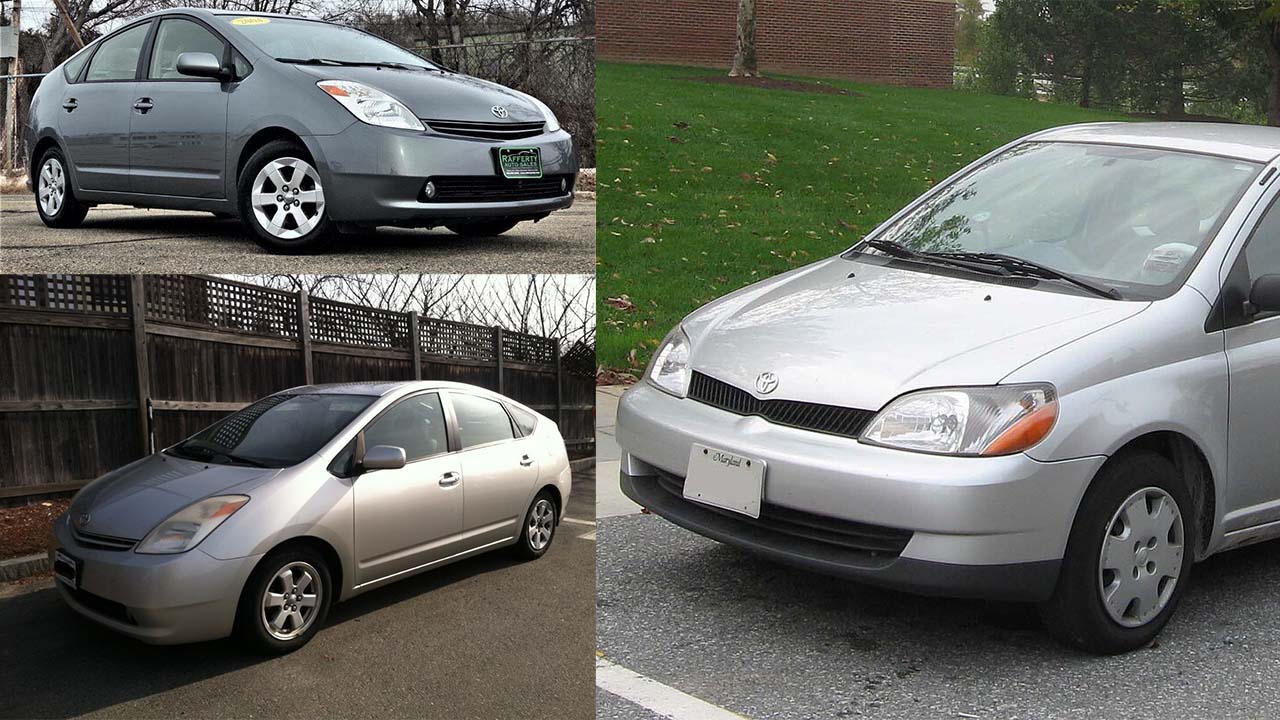If you’re nostalgic for some of the coolest cars from the 2000s, chances are you’ve already had your eye on the second generation of the iconic Mazda MX-5 Miata, or perhaps one of the decade’s most powerful sleeper cars.
Both models exude style, provide excellent drivability, and have a retro appeal. However, if you’re seeking that 2000s charm with the added benefit of higher fuel economy, you might need to look elsewhere.
While the MX-5 offers respectable fuel efficiency for its segment, it doesn’t quite stack up against some of the most economical cars from the 2000s. The same goes for the powerful sleeper car.
Fortunately, there are many great examples from that era that boast impressively high combined MPG figures—easily outperforming many of 2024’s high-cost fuel guzzlers while being much more affordable.
We’ve gathered data from various sources to present 10 standout fuel-efficient cars from the 2000s.
Each of these vehicles achieves a combined fuel economy of 30 MPG or higher. The list includes detailed information about each model’s MPG stats, fuel costs, powertrain details, and reasons they remain smart choices today
10. 2000 Chevrolet Prizm
Combined MPG: 30 MPG
With an average resale value of just $1,614, the 2000 Chevrolet Prizm is not only a budget-friendly 2000s sedan but also impresses with its low annual running costs.
Over five years, you could save up to $750 in fuel expenses compared to owning a newer vehicle.
It’s also estimated to cost a modest $2.87 to drive 25 miles. That might not seem groundbreaking, but when you consider its age, the Prizm holds up surprisingly well even when compared to today’s most efficient sedans.
Performance Specifications
- Engine: 1.8-Liter Inline-Four
- Transmission: Five-Speed Manual
- Horsepower: 125 Horsepower
- Torque: 125 LB-FT
- Driveline: Front-Wheel Drive
Though the Prizm doesn’t come loaded with the latest tech, it’s a straightforward, economical sedan that gets the job done.
It features a basic grille and rectangular headlights up front, while inside, the design is functional and seats five comfortably.
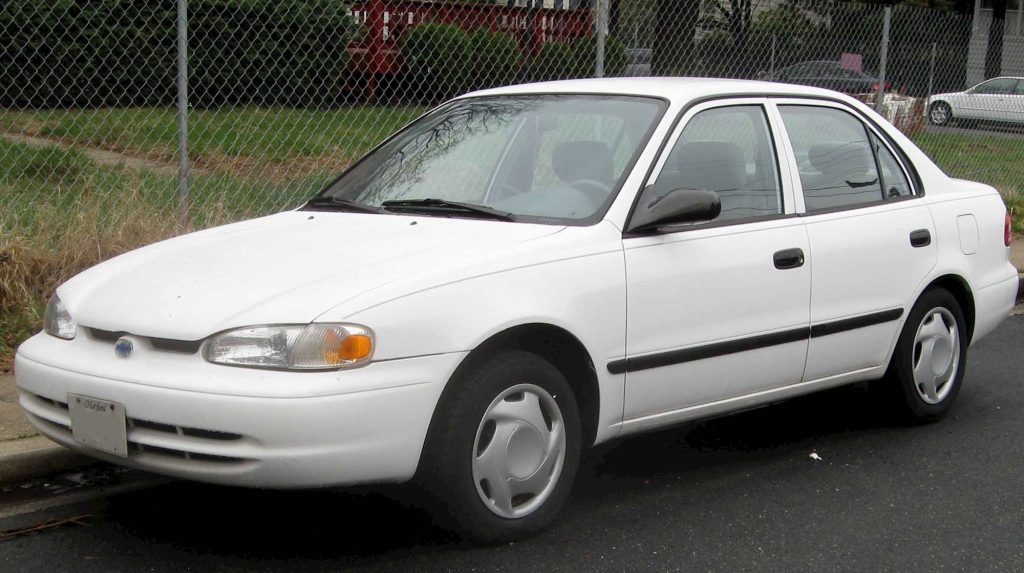
The car also offers practical perks like a roomy trunk and split-folding rear seats, enhancing its utility.
Pros
- Fuel-efficient for its age
- Lightweight design at 2,403 lbs
- Praised by owners for comfort on long trips
Cons
- Outdated interior design
- Modest 12.1 cubic feet of cargo space
- ABS not included as standard
9. 2000 Toyota Echo
Combined MPG: 32 MPG
The 2000 Toyota Echo, with a combined fuel rating just over 30 MPG, stands as a prime example of an economical, long-lasting vehicle that’s easy on the wallet.
Offered as both a 4-door sedan and 2-door coupe, the Echo embodies early-2000s minimalism in design and features. But with an average resale price of just $3,010, there’s little reason to complain.
One reviewer even stated that the 2000 Echo is “a trusty, reliable, inexpensive little car that won’t let you down.” At the time of their review, the car had already logged more than 250,000 miles.
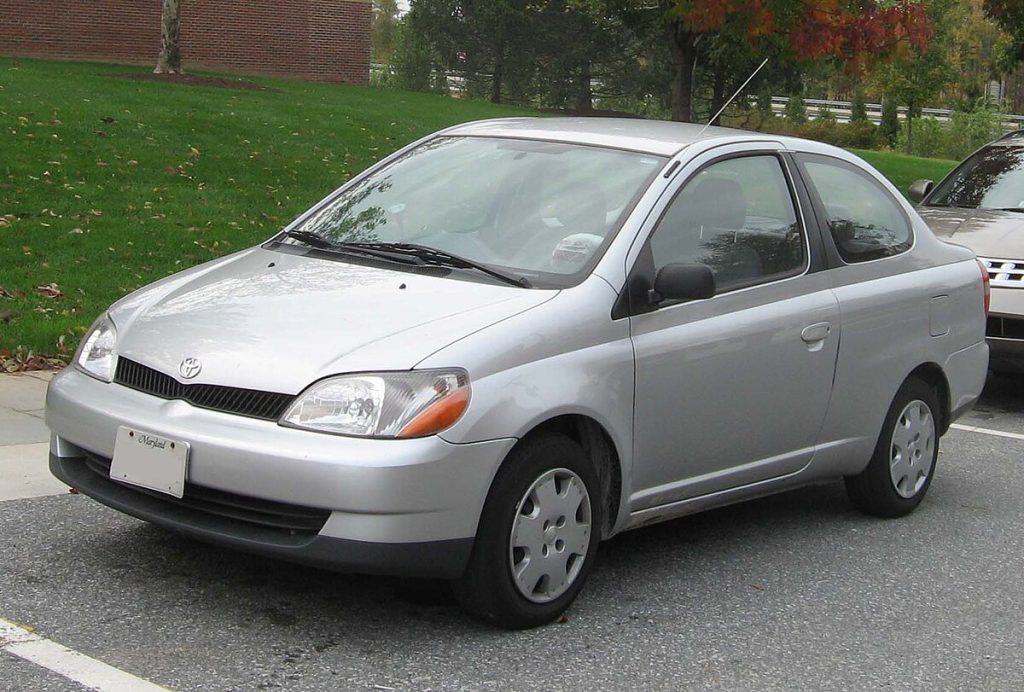
Performance Specifications
- Engine: 1.5-Liter Inline-Four
- Transmission: Five-Speed Manual
- Horsepower: 108 Horsepower
- Torque: 105 LB-FT
- Driveline: Front-Wheel Drive
Toyota’s reputation for reliability certainly holds true with the Echo, offering confidence to anyone considering it as a thrifty 2000s ride.
Pros
- Durable, fuel-saving engine
- Only $1,600 in annual fuel costs
- Potential savings of up to $1,250 over five years compared to modern cars
Cons
- Boxy, dated styling
- Lacks side and head airbags
- Tight front legroom at 35.2 inches
8. 2000 Volkswagen Jetta
Combined MPG: 38 MPG
The 2000 Volkswagen Jetta presents a polished and enduring exterior design, characterized by its sleek, aerodynamic shape, smooth contours, and well-balanced proportions.
At the front, it features a unique rounded grille paired with large, oval-shaped headlights, giving the vehicle a sophisticated and upscale appearance.
The rear end of the Jetta is designed with clean, minimalist taillights and a compact trunk, helping it maintain an executive, understated appeal.
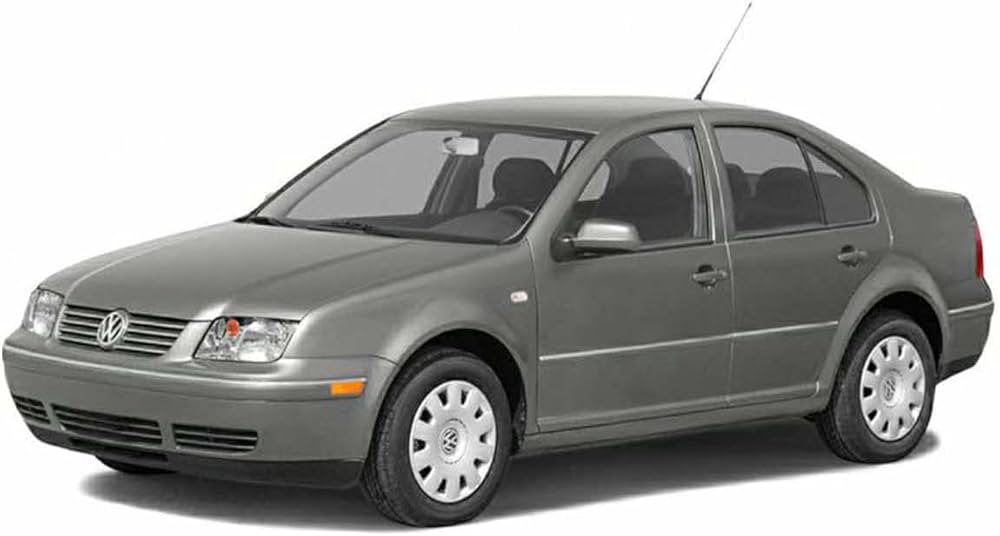
Performance Specifications
- Engine: 1.9-Liter Inline-Four Diesel
- Transmission: Five-Speed Manual
- Horsepower: 90 Horsepower
- Torque: 155 LB-FT
- Driveline: Front-Wheel Drive
Even though diesel engines aren’t as popular today—mainly due to the growing presence of electric vehicles and the typically higher cost of diesel fuel—they can still offer solid combined fuel economy, as demonstrated by the VW Jetta.
While diesel powertrains are now more commonly found in heavier-duty vehicles, there are still diesel models that provide excellent efficiency.
For those looking to own a budget-friendly compact car with solid fuel economy, the 2000 Jetta remains a good option. Fuel costs would average around $1,500 annually, and it only takes $2.48 to travel 25 miles.
Pros
- Not luxurious, but offers a refined, executive aesthetic
- Ample front legroom at 41.5 inches
- Reasonable trunk space of 13 cubic feet
Cons
- Engine may feel underpowered
- Replacement parts can be pricey
- Diesel engine may not appeal to all drivers
Also Read: Top 10 Classic American Cars That Still Have Great Engines
7. 2000 Volkswagen Golf
Combined MPG: 38 MPG
Offered with a variety of engine choices—including a 2.0-liter inline-four that only achieves a modest 24 combined MPG—the 2000 Volkswagen Golf becomes more impressive when equipped with its 1.9-liter diesel engine, capable of delivering over 35 combined MPG.
Essentially the smaller sibling to the VW Jetta on this list, it shares the same fuel-efficient diesel engine but offers slightly less rear space.
Performance Specifications
- Engine: 1.9-Liter Turbocharged Inline-Four Diesel
- Transmission: Five-Speed Manual
- Horsepower: 90 Horsepower
- Torque: 155 LB-FT
- Driveline: Front-Wheel Drive
The 2000 Golf’s exterior design is more rounded and subdued compared to the more aggressive styling of earlier Golf hot-hatch models like the MK1. Still, it retains the durable construction that Volkswagen is known for.
The Golf is available on the used market for just over $3,000, making it an affordable option. However, prospective buyers should be aware of some common issues.
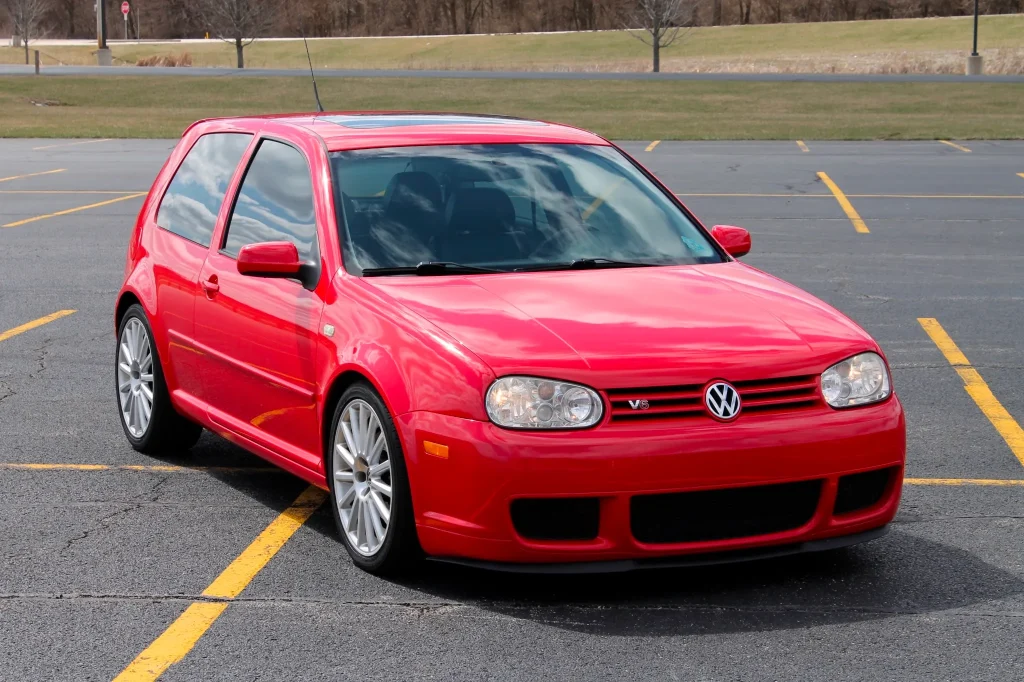
These include noisy transmissions in high-mileage units, air leaks, EVAP system failures that trigger the check engine light, and overheating problems caused by faulty water pump impellers.
Pros
- Impressive 18 cubic feet of cargo space for a hatchback
- Low annual fuel expense of $1,500
- Comes with a turbocharged engine
Cons
- Rear legroom is limited at 33.5 inches
- Lacks head airbags
- Shares the same diesel engine as the 2000 Jetta in this roundup
6. 2001 Toyota Prius
Combined MPG: 41 MPG
The early 2000s marked a unique era when certain diesel engines could nearly match the combined MPG of some of the most well-known hybrid engines.
Although hybrid technology has since evolved significantly, it all began with the world’s first mass-produced hybrid vehicle: the 2001 Toyota Prius.
Renowned for its exceptional fuel efficiency, the 2001 Prius helped initiate—albeit gradually—a major shift in the U.S. automotive market toward hybrid powertrains.

Even the first model year available in the United States could get you by with annual fuel costs as low as $1,250, potentially saving you up to $3,000 over five years compared to owning a modern vehicle.
Performance Specifications
- Engine: 1.5-Liter Inline-Four Hybrid
- Transmission: CVT
- Horsepower: 114 Horsepower
- Torque: 82 LB-FT
- Driveline: Front-Wheel Drive
The 2001 Prius came well-equipped for its time, offering a number of standard safety features that many other vehicles from the same era lacked. These include:
- Four-Wheel ABS
- Ventilated front disc brakes
- Electronic brakeforce distribution
- Seat belt pre-tensioners
- Rear-door child safety locks
While its safety offerings may not quite stack up to modern standards, for a 23-year-old vehicle, the Prius still stands out with its excellent fuel economy and impressive safety equipment.
Pros
- Packed with useful safety features
- Hybrid engine remains competitive in today’s market
- Low average used price of $3,106
Cons
- Interior design lacks flair
- Outdated exterior styling
- Less powerful than some fuel-efficient gas vehicles
5. 2003 Honda Civic Hybrid
Combined MPG: 41 MPG
Just like their Japanese counterparts, Honda was breaking new ground in the 2000s by producing economical yet somewhat sporty vehicles equipped with mild-hybrid technology.
A perfect example of this innovation is the 2003 Honda Civic Hybrid, which not only delivers impressive combined MPG ratings even by today’s standards, but also includes sportier design elements such as MacPherson front struts, four-wheel independent suspension, and a double-wishbone rear suspension setup.
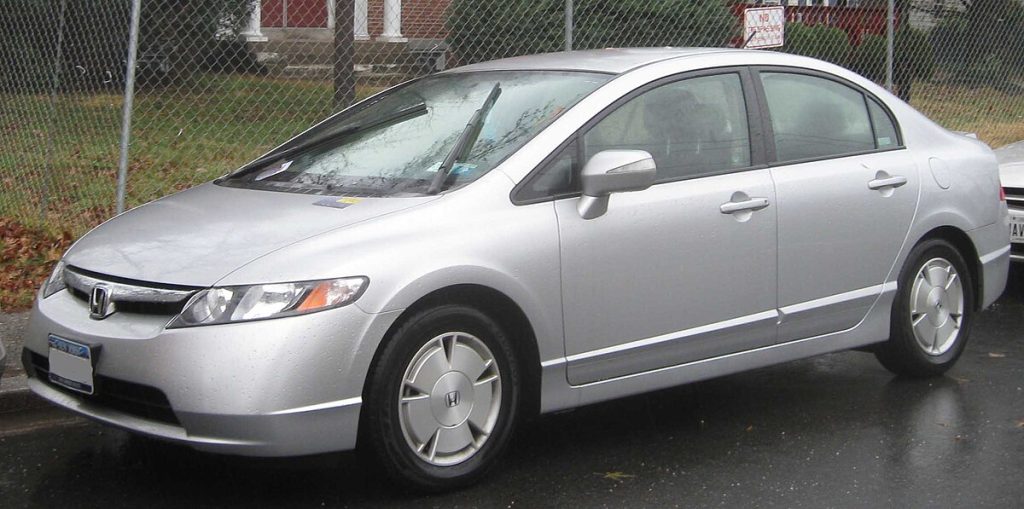
Performance Specifications
- Engine: 1.3-Liter Inline-Four Mild-Hybrid
- Transmission: CVT
- Horsepower: 93 Horsepower
- Torque: 105 LB-FT
- Driveline: Front-Wheel Drive
Given the seriousness of these recalls, it is essential that if you are considering a 2003 Civic Hybrid for its excellent fuel efficiency, you confirm with the seller that these issues have been properly resolved, as they could pose significant safety risks.
Pros
- Sportier appearance compared to others in this lineup
- Two-door coupe version available at an average used price of $2,965
- Offered in coupe, sedan, and hatchback body styles
Cons
- Limited maximum cargo capacity of just 10.1 cubic feet
- Anti-lock brakes are not standard across all trims
- Cruise control is only included on higher trim levels
4. 2009 Honda Civic Hybrid
Combined MPG: 42 MPG
Over the span of six model years, the Honda Civic Hybrid managed to improve its fuel efficiency by one additional combined mile per gallon.
In addition to the improved MPG, the 2009 Honda Civic Hybrid also features a more extensive list of standard equipment, including:
- ABS
- Traction control
- Overhead airbags
- Air-conditioning
- 15-inch silver aluminum wheels
- Bucket seats
- Auxiliary audio input
Performance Specifications
- Engine: 1.3-Liter Inline-Four Mild-Hybrid
- Transmission: CVT
- Horsepower: 110 Horsepower
- Torque: 123 LB-FT
- Driveline: Front-Wheel Drive
Although the 2009 Civic Hybrid has not been given an overall score by the NHTSA, it has earned high marks in specific crash test categories.
These include a 5-star rating for frontal crashes, a 4-star rating for the driver’s side crash test, and a 4-star rating for rollover safety.
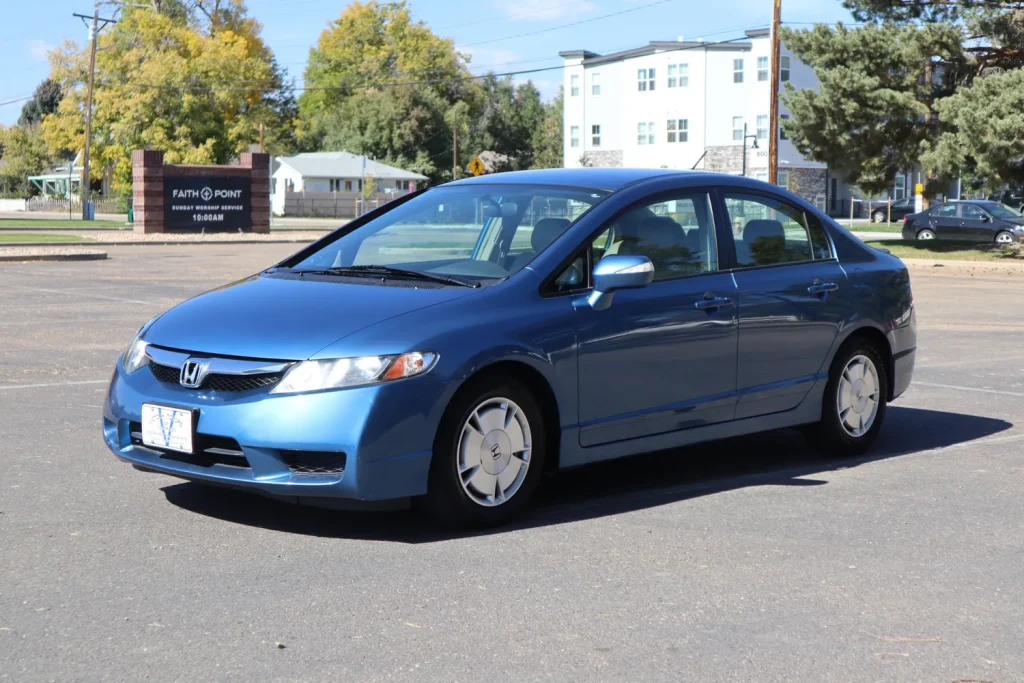
In terms of safety, the 2009 Civic Hybrid comes equipped with several standard features such as dual front and side-mounted airbags, four-wheel ABS, emergency braking assist, a tire-pressure monitoring system, daytime running lights, and ventilated front and rear disc brakes.
Pros
- Strong selection of standard safety features
- Comes with MacPherson strut suspension as standard
- Offers decent front headroom at 39.4 inches
Cons
- Rear legroom is limited to only 34.6 inches
- Maximum cargo capacity is just 10.4 cubic feet
- Some owners have noted sluggish acceleration
Also Read: 10 V8 Cars and Trucks With the Lowest Maintenance Costs and Long-Term Reliability
3. 2004 Toyota Prius
Combined MPG: 46 MPG
The 2004 Toyota Prius represents a major leap forward in hybrid vehicle development, with a redesigned exterior that enhances fuel efficiency.
This second-generation Prius incorporates Toyota’s Hybrid Synergy Drive system, pairing a 1.5-liter gasoline engine with a 50kW electric motor.
This configuration delivers an outstanding fuel economy of 60 MPG in the city and 51 MPG on the highway, while also offering improvements in standard equipment compared to earlier iterations.
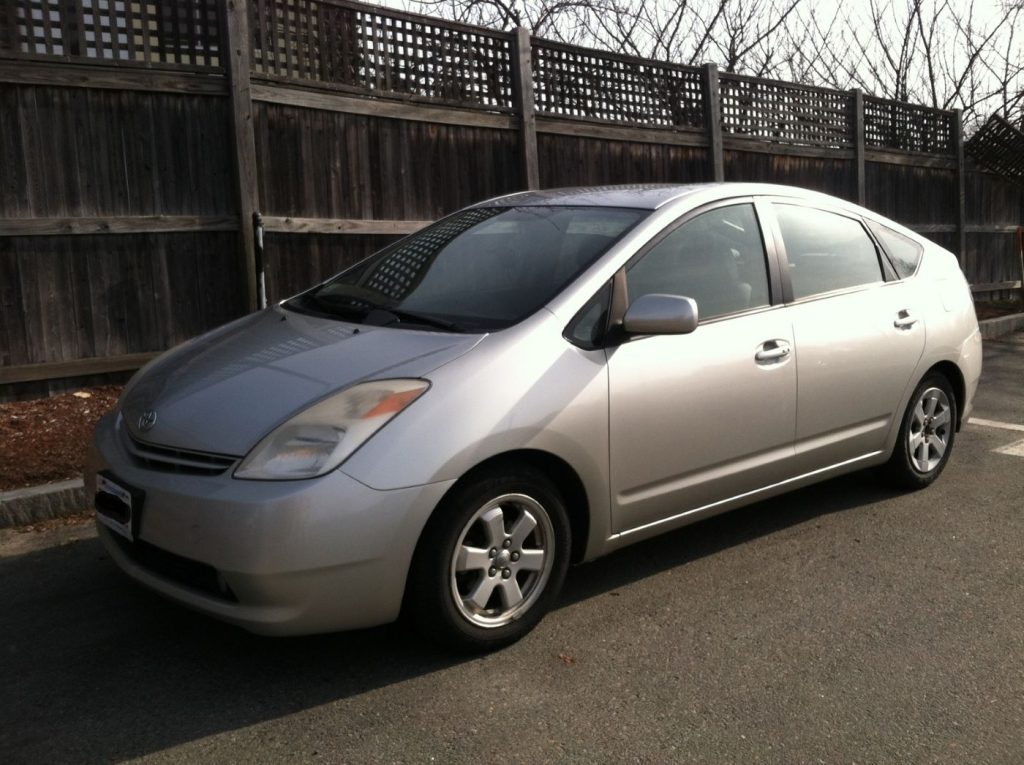
The 2004 Prius will cost approximately $1,100 per year in fuel and only $1.87 to travel 25 miles.
Performance Specifications
- Engine: 1.5-Liter Inline-Four Hybrid
- Transmission: CVT
- Horsepower: 110 Horsepower
- Torque: 82 LB-FT
- Driveline: Front-Wheel Drive
Featuring a more refined and aerodynamic exterior compared to its predecessors, the 2004 Prius also includes several standard amenities such as cruise control, a tilt steering wheel, 15-inch alloy wheels, a small rear spoiler, a first-row LCD monitor, and heated mirrors.
Though its average used price is $4,793—slightly higher than others mentioned on this list—it remains more affordable than many high-efficiency cars from the 2010s and still beats many modern vehicles in fuel savings.
Pros
- You could save up to $3,750 on fuel over 5 years
- Good cargo capacity of 16.1 cubic feet
- Good list of safety features includes traction control, stability control, emergency braking assist, and tire pressure monitoring
Cons
- Less powerful than other mid-sized cars of the time
- Owners have complained about finicky central cluster controls
- NHTSA safety recall for a faulty brake light switch that will not illuminate brake lights
2. 2005 Toyota Prius
Combined MPG: 46 MPG
While today’s automotive landscape includes a wide array of manufacturers producing some of the most impressive hybrid and electric cars, that wasn’t the case in the 2000s.
Back then, Japanese automakers dominated the market in fuel-efficient vehicles. The 2005 Toyota Prius, which belongs to the same second-generation lineup as the 2004 model, is another example of that dominance.
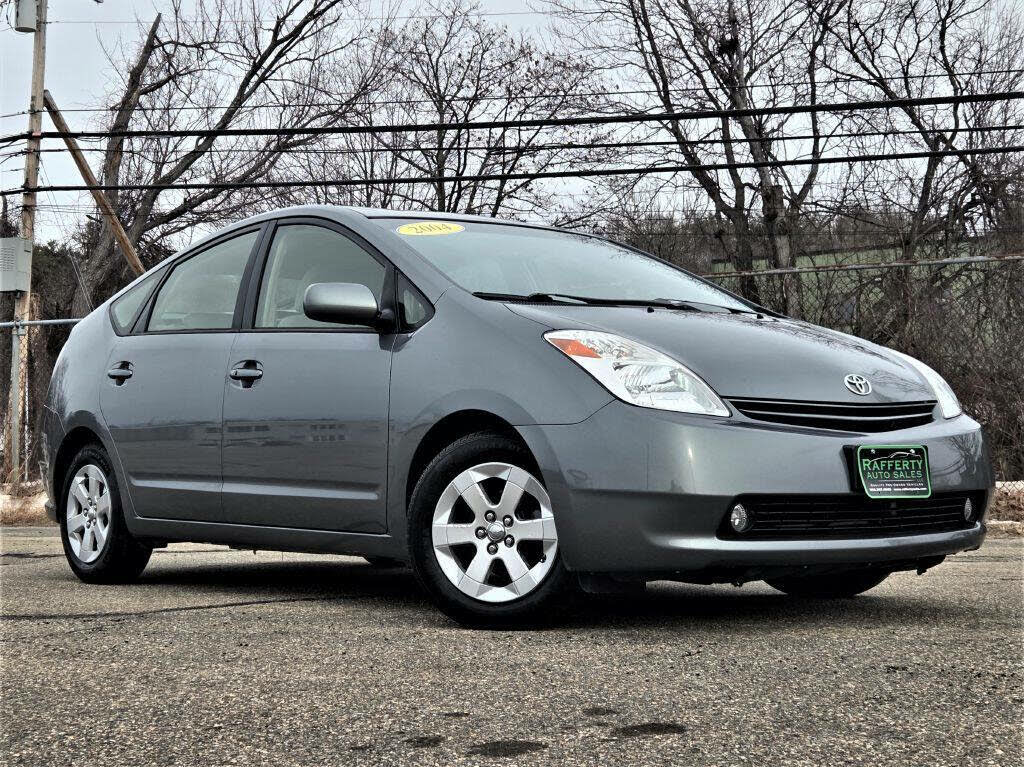
Retaining the same powertrain and fuel costs as the 2004 version, the main distinctions in the 2005 model include the addition of a standard rear-window wiper—which the 2004 does not always come equipped with—and a slightly higher average used price, at $5,086 versus $4,793 for the previous year’s model.
Performance Specifications
- Engine: 1.5-Liter Inline-Four Hybrid
- Transmission: CVT
- Horsepower: 110 Horsepower
- Torque: 82 LB-FT
- Driveline: Front-Wheel Drive
Like other Japanese carmakers such as Honda, Toyota is also known for building dependable vehicles.
Out of nine user-submitted reviews, six rated reliability as eight out of ten or higher, and five of those reviews also gave a performance rating of eight out of ten or above.
Pros
- Owners enjoy how reliable it is
- Very cheap to run
- Good performance ratings from owners
Cons
- Little to distinguish from the 2004 model year
- More expensive than the 2004 model but nearly the same
1. 2000 Honda Insight
Combined MPG: 53 MPG
Topping the list of the most fuel-efficient vehicles from the 2000s is the groundbreaking 2000 Honda Insight.
Offered solely as a hatchback, the Insight stands out with its ultra-lightweight design at just 1,856 pounds, efficient engine, eye-catching design, and a surprisingly decent cargo space of 16.3 cubic feet.
It’s not only affordable to own but also a practical city car with a distinctive look.
Performance Specifications
- Engine: 1.0-Liter Inline-Three Mild-Hybrid
- Transmission: Five-Speed Manual
- Horsepower: 73 Horsepower
- Torque: 91 LB-FT
- Driveline: Front-Wheel Drive
The 2000 Insight will cost just $950 a year in fuel, about $1.62 for every 25 miles driven, and could save up to $4,500 over five years compared to a modern vehicle.
Even by modern standards, these numbers remain highly impressive.
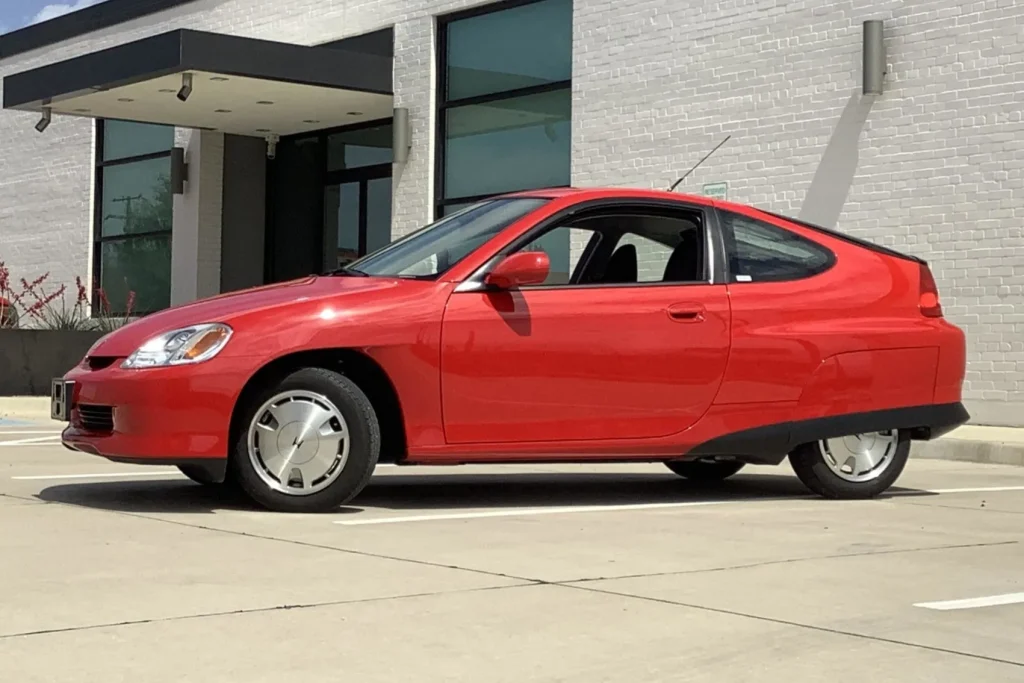
The 2000 Insight has the potential to nearly cut that cost in half—an important factor in times of soaring fuel prices.
Pros
- Extremely fuel-economical engine
- Available to buy for as little as $2,373
- Its compact size makes it good for city-driving
Cons
- Only available as a hatchback
- Side-mounted and head airbags aren’t available
- Debatable exterior design

